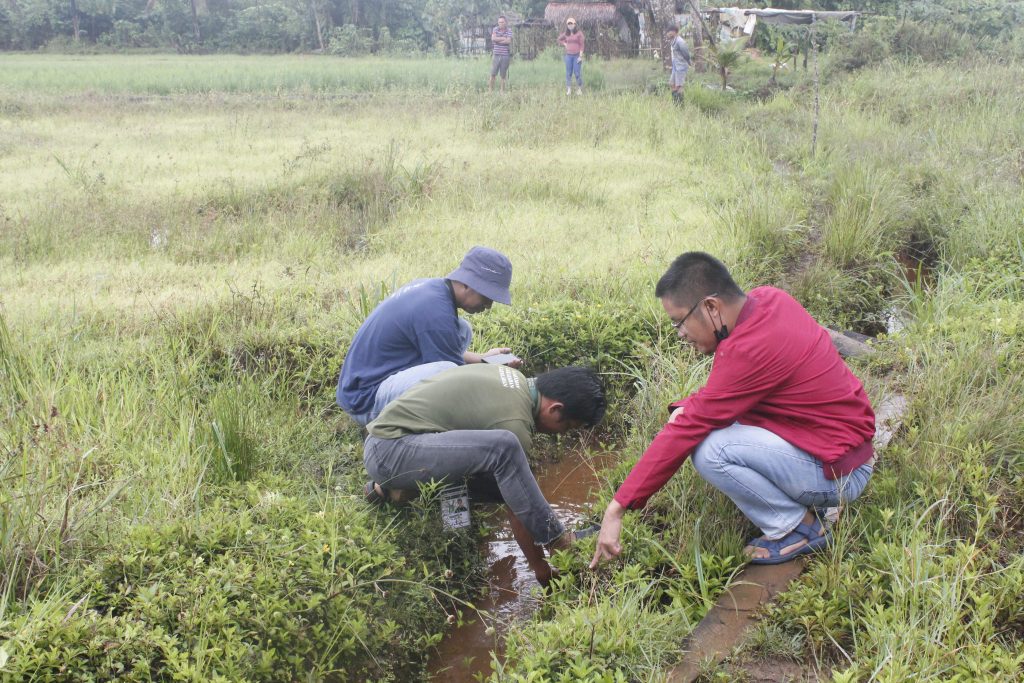
Researchers in DA-PhilRice Agusan are collaborating with Surigao del Sur farmers in identifying the effects of laterite runoff or red soil from mining sites in the rice fields.
A package of technology recommendations will be released based on the data to help farmers enhance productivity and reduce their production costs.
Farmers’ survey and field validation with 15 affected farmers were conducted to characterize the soil, evaluate crop productivity, and identify socio-economic effects in the 706ha mine-affected rice areas.
“Our yields have never been the same. Before the company started mining the area in 2006, I used to harvest 7.8t/ha every cropping season. But when Bagyong Basyang in 2018 hit, the discharge from the mines reached our place and I only harvested 4.6t/ha,” said farmer Anaclito Anino.
The team also assessed whether the irrigation systems and dams near the area had accumulated excessive amounts of silt, which could lead to acid mine drainage.




